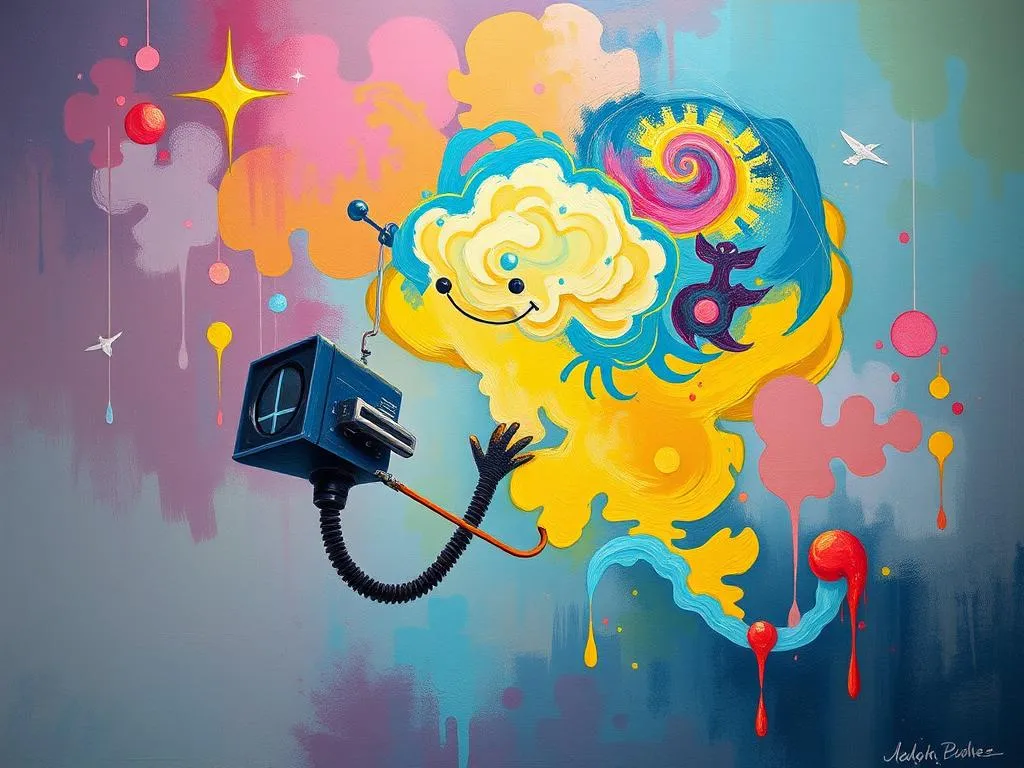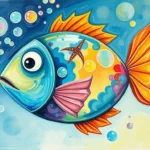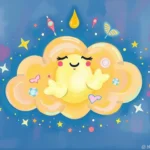
Introduction
Dreams have fascinated humanity for centuries, serving as a bridge between our conscious and subconscious minds. They provide a glimpse into our innermost thoughts, fears, and desires, often presenting them in cryptic forms. Among the myriad of dreams people experience, certain symbols recur with striking frequency, prompting inquiries into their meanings. Understanding these symbols can unlock a treasure trove of insights about our waking lives, helping us navigate our emotions and relationships more effectively. This article delves into the symbolism and hidden meanings behind common dream symbols, aiming to illuminate the depths of our subconscious.
Symbolism and Meaning
Dream symbolism is often deeply personal, but several common symbols resonate across various cultures and experiences. Understanding these symbols can aid in interpreting the underlying messages about our lives.
One of the most prevalent dream symbols is water. Water often represents our emotional state. Clear, calm water typically signifies tranquility and clarity, while turbulent or murky water may reflect confusion, anxiety, or emotional turmoil. For instance, dreaming of swimming in serene waters can indicate a sense of peace and balance in your life, whereas finding yourself in stormy seas could suggest that you are grappling with overwhelming feelings or unresolved issues.
Another significant symbol is flying. This act usually embodies a sense of freedom, liberation, and transcendence. However, the context of the flight matters greatly. If you are soaring effortlessly, it may indicate a desire to break free from constraints or a newfound confidence in your abilities. Conversely, struggling to fly or falling can reveal feelings of inadequacy or fear of failure, suggesting that you might be feeling trapped or hindered in your waking life.
Chasing is yet another common dream theme. This symbol can represent various aspects depending on the identity of the pursuer and the dreamer’s emotional state. If you are being chased by something specific, it might symbolize your avoidance of a particular issue or feeling. For instance, running from a wild animal could indicate fears you are unwilling to confront, whereas running from a person might reflect anxiety over a relationship or social situation. The act of chasing can also be a symbol of desire, where the chaser represents something you want to attain but feel is just out of reach.
Teeth falling out is a particularly intriguing symbol found in dreams. This dream often embodies feelings of insecurity, loss of control, or anxiety about one’s appearance. Many interpret it as a manifestation of fear related to aging or concerns about communication. The loss of teeth can signify fear of judgment or a fear of not being heard or taken seriously in waking life.
While these symbols have general interpretations, they can vary significantly based on individual experiences. Thus, personal associations with these symbols can lead to different meanings. For example, if water in your dream reminds you of a childhood memory of a peaceful lake, it may symbolize safety and nostalgia, while for someone else, it might evoke feelings of dread related to a traumatic incident.
Key Scenarios and Variations
Dreams can present a wide array of scenarios, and the specifics of each situation can significantly alter the interpretation. For instance, consider the water symbol once more. If you dream of drowning, it can evoke a feeling of being overwhelmed by your emotions or situations in your life. On the other hand, if you dream of swimming gracefully, it might indicate that you are in tune with your feelings and successfully navigating through them.
Similarly, the context of flying dreams can lead to vastly different interpretations. Dreaming of flying high above a beautiful landscape can symbolize a feeling of achievement and freedom, while dreaming of being unable to gain altitude or experiencing a sudden fall may reflect feelings of insecurity or a fear of failure. The sensation you experience during the flight—joy or fear—also plays a crucial role in the dream’s message.
Chasing dreams can further illustrate how variations in scenarios can shift meanings. For example, if you are being chased by a friend, it may indicate unresolved issues within that relationship or a desire for connection. In contrast, being chased by a monster may represent deeper fears or anxieties, suggesting that you are avoiding substantial problems in your life. Additionally, the outcome of the chase—whether you escape, confront, or get caught—can provide further insight into your coping mechanisms.
Another variation involves the teeth falling out scenario. If you dream of losing teeth and then regaining them, it might symbolize a process of healing or personal growth. Conversely, if the loss is persistent, it could indicate an ongoing struggle with self-image or confidence issues. The context within the dream, such as the reactions of others to your lost teeth or the emotions you feel, will also influence its interpretation.
Real-Life Connections and Takeaways
Connecting these dream symbols to our waking life can yield profound insights. Dreams often reflect our current emotional state and life circumstances. By examining the symbols and scenarios within our dreams, we can gain clarity on our feelings and experiences, potentially guiding us toward personal growth.
To begin this process of self-reflection, consider keeping a dream journal. Documenting your dreams as soon as you wake up can help preserve the details, making it easier to analyze them later. Reflect on the symbols you encounter and how they might relate to your daily life. Ask yourself questions such as: What emotions did I feel during the dream? How do these symbols connect to my current challenges or feelings? What unresolved issues might these dreams be bringing to light?
Additionally, practicing mindfulness and engaging in self-reflection can enhance your understanding of your dreams. Consider setting aside time each week to meditate on your dreams, allowing your subconscious to inform you about your emotional landscape. This practice can foster greater self-awareness and aid in integrating the lessons learned from your dreams into your daily life.
Another practical approach is to engage in conversations with trusted friends or a therapist about your dreams. Discussing your dreams with others can provide fresh perspectives and insights, helping you explore different angles and meanings you might not have considered. They may highlight connections between your dreams and your waking life that you might be missing.
Incorporating creative outlets, such as art or writing, can also facilitate deeper exploration of your dreams. Use your artistic skills to express the emotions and themes present in your dreams; this can lead to a greater understanding of your subconscious mind. Whether through painting, drawing, or journaling, allowing your creativity to flow can unveil layers of understanding you may not have previously tapped into.
Ultimately, the key to understanding your dreams lies in your willingness to engage with them deeply and personally. Reflecting on your feelings, the symbols present, and their relevance to your waking life can uncover profound insights. Dreams serve as a reminder to pay attention to our internal worlds, encouraging us to confront our fears, celebrate our achievements, and navigate the complexities of our emotional landscapes.
In conclusion, dream symbols offer a unique lens through which we can examine our lives. By understanding the meanings behind common symbols, exploring variations of dream scenarios, and connecting these dreams to real-life situations, we can enhance our self-awareness and achieve personal growth. Remember that each dream is an invitation to delve deeper into your psyche, to reflect on your feelings, and to embrace the journey of self-discovery. As you navigate the landscapes of your dreams, may you uncover the hidden meanings that guide you toward a more fulfilling waking life.







